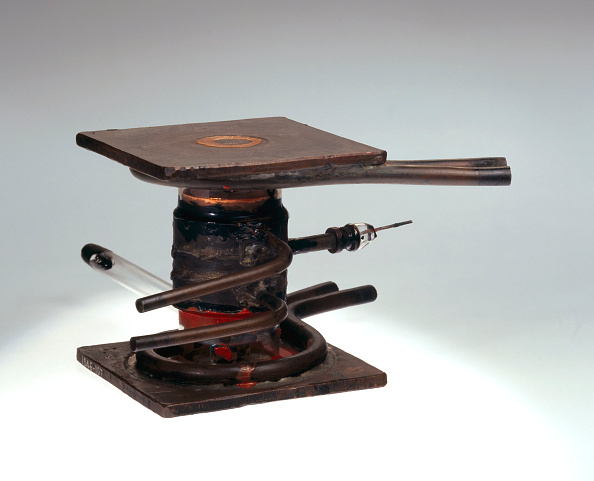The Magnetron: Revolutionizing Radar and Microwave Technology
The invention of the magnetron in the 1940s marked a pivotal moment in the history of technology. This high-power, high-frequency signal generator not only revolutionized radar technology but also found a ubiquitous place in households worldwide as a core component of microwave ovens. Understanding the development and impact of the magnetron provides insight into its vital role in both historical and modern applications of radar technology.

The Birth of the Magnetron
In the early 20th century, the limitations of existing radar technology became apparent. The need for more precise and higher frequency signals was crucial for effective operations. Radar systems of the time were bulky and limited in range and accuracy, relying on longer wavelengths that couldn’t provide detailed information about distant objects.The breakthrough came in 1940 when British physicists John Randall and Harry Boot developed the cavity magnetron. This device was capable of generating microwaves at high power levels. The magnetron operates by using a stream of electrons interacting with a magnetic field to generate microwaves. These microwaves are then emitted through resonant cavities within the magnetron, producing powerful and precise high-frequency signals. This innovation was a game-changer, providing the ability to produce small wavelength signals essential for high-resolution radar systems.
The Magnetron and Radar Technology
The development of the cavity magnetron significantly enhanced radar capabilities. Radar systems equipped with magnetrons could detect aircraft and ships with much greater precision. Before the magnetron, radar systems used lower frequency signals that were less effective at detecting smaller objects and were easily scattered by atmospheric conditions. The high-frequency signals generated by magnetrons allowed for smaller and more sophisticated radar systems, capable of discerning finer details and operating more effectively in various environments.
The success of radar technology accelerated advancements in both military and civilian applications. The ability to detect and track objects with high precision had far-reaching implications, leading to innovations in air traffic control, weather forecasting, and navigation systems. The principles of radar technology, powered by the magnetron, became foundational for many modern technological systems.
Magnetron in Everyday Life: The Microwave Oven
The magnetron also found a revolutionary application in the kitchen. In 1945, Percy Spencer, an engineer at Raytheon, discovered that microwaves generated by a magnetron could cook food quickly and efficiently. This serendipitous discovery led to the development of the first commercial microwave oven, radically changing cooking methods worldwide.

The early microwave ovens were large and expensive, but as the technology improved and manufacturing costs decreased, they became more accessible to the general public. Today, almost every household contains a microwave oven, showcasing the magnetron’s versatility and lasting impact.
The Evolution of Radar Technology
The evolution of radar technology did not stop with the initial developments. Advances in digital technology and signal processing have further refined radar capabilities. Modern radar systems utilize sophisticated algorithms and digital signal processing to enhance performance, offering improved accuracy, resolution, and reliability.
These advancements have expanded radar’s applications beyond traditional uses. In civilian aviation, radar ensures the safe and efficient management of air traffic. In meteorology, radar systems track weather patterns, helping predict storms and other severe weather events. In automotive technology, radar systems assist in adaptive cruise control and collision avoidance, contributing to vehicle safety.
Conclusion
The invention of the magnetron was a revolutionary milestone that transformed radar technology and had a profound impact on both military and civilian life. Its role showcased its potential for high-precision detection and tracking, while its adaptation into microwave ovens demonstrated its versatility. As radar technology continues to evolve, the legacy of the magnetron endures, highlighting the ongoing importance of this groundbreaking invention. The magnetron’s journey from pioneering technology to everyday convenience underscores its significance and enduring relevance in the modern world.








